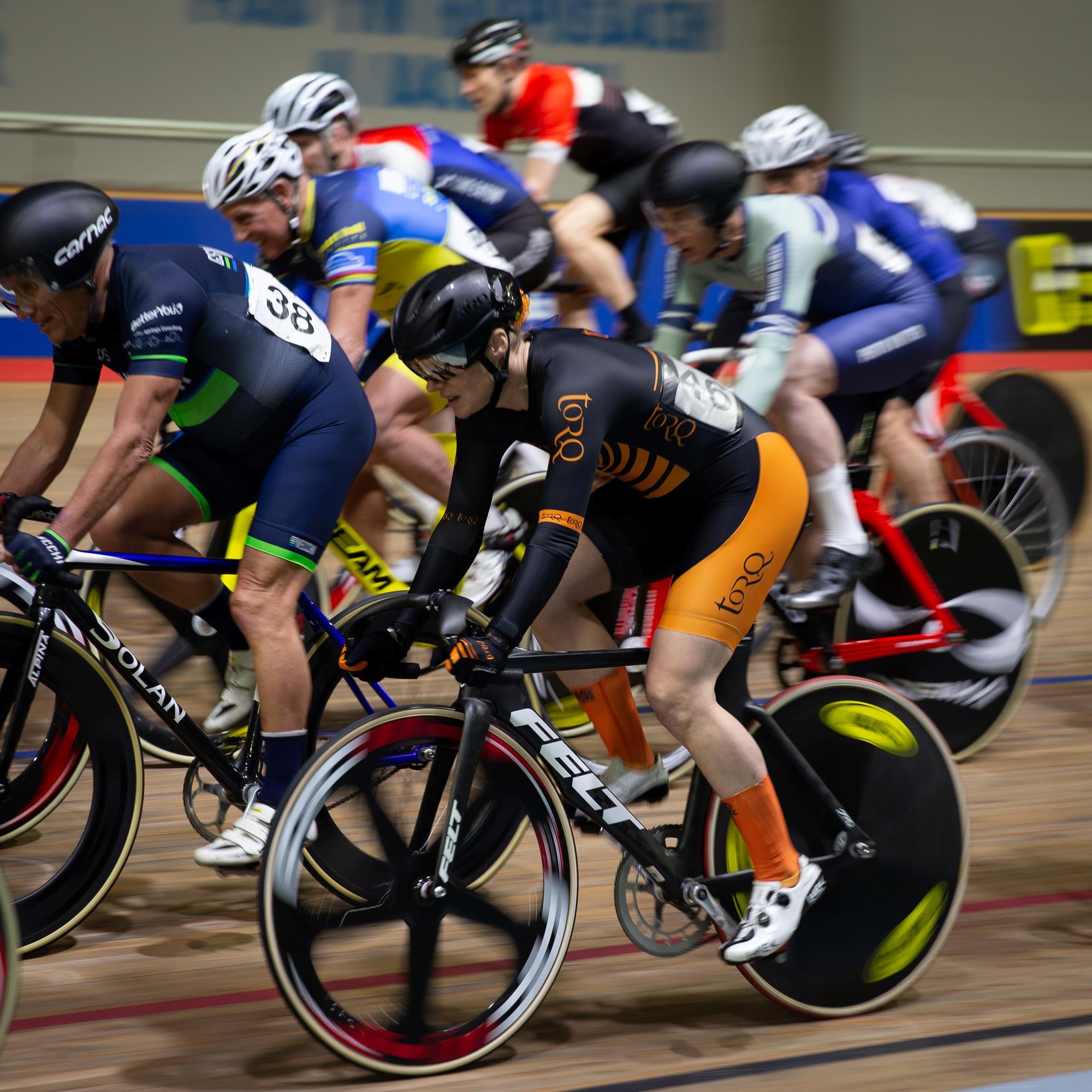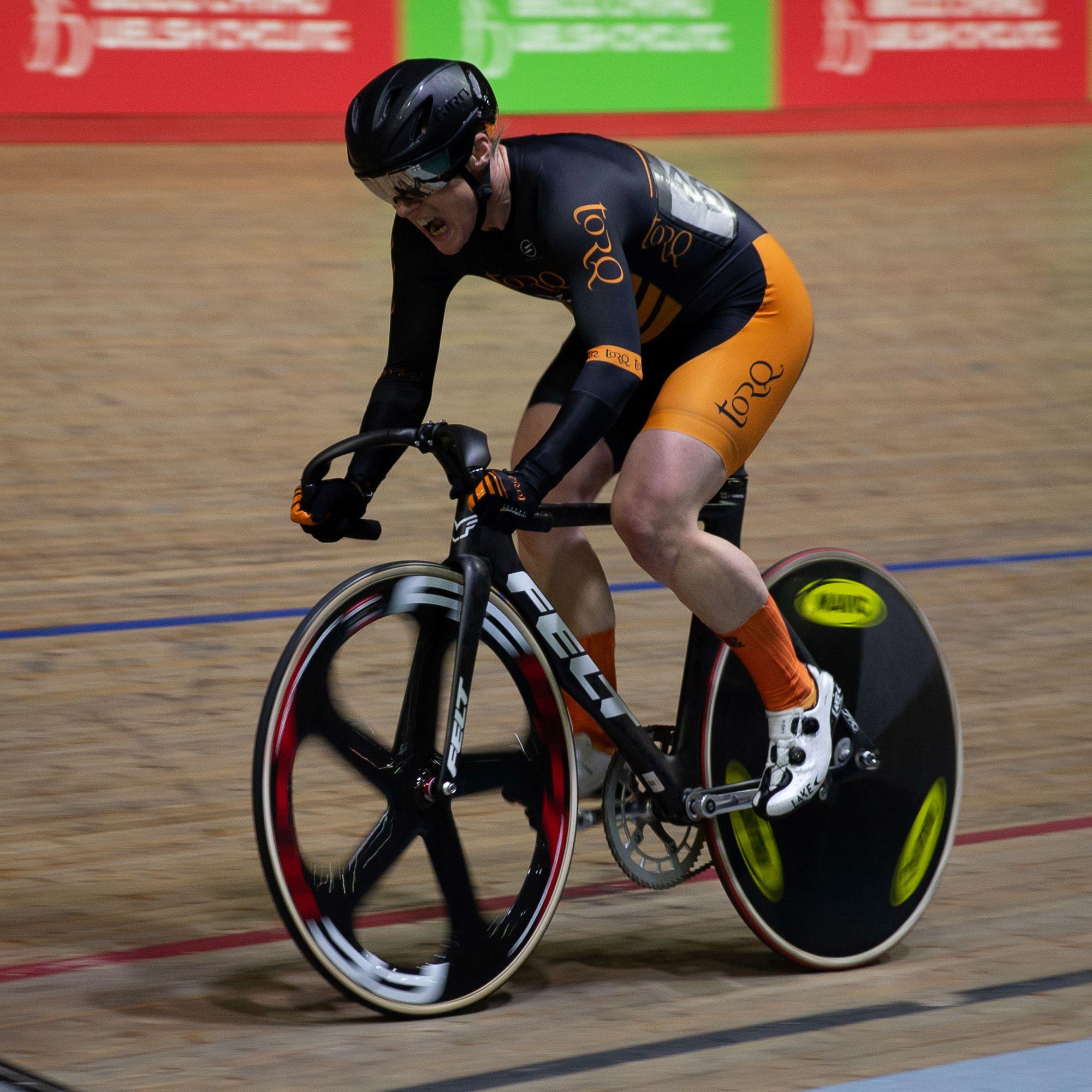Using ithlete to measure HRV and predict or understand illness and guide a return to training
I suppose that most of us will have thought a little more about the effects of viral infection on our health and training over the past couple of years, certainly I have. When the UK went into lockdown in early 2021 my coach, Steve Cronshaw, scheduled a Teams meeting (that felt very new at the time!) to ensure I understood the dangers of exercising with a viral infection and to be clear on what I was happy to do in respect of training going forwards; stay at home or get out on the road while following guidelines. We agreed to push on with training, the lack of competition was in fact a great opportunity to invest in building my aerobic engine, just so long as I remained healthy.
We have been working together for a few years now and we both put a lot of faith in the quantitative ithlete HRV numbers, as well as the qualitative measures collected via ithlete Pro each day. It is all made very easy as the morning readings sync with Training Peaks and taking the readings is so much a part of my routine now that even my husband and the cats leave me alone until that is done!
There is no doubt that over the years, paying attention to the ithlete HRV data has helped me to reduce the incidence of illness and gives a guide to my coach, which in turn means he can individualise my programme and get the best out of me as an athlete.
HRV and life stresses
The HRV numbers from ithlete are more than just an insight into recovery from training stress. They also help us understand and manage life stresses such as workload and sleep as well. Athletes tend to concentrate on the physical side of training and sometimes forget the impact that a tough period at work, or periods of bad sleep can have on their recovery and performance. For me, these life stresses tend to be reflected in my HRV data before I see a noticeable decrease in performance – I can feel good and be training strongly but I know from experience a lower HRV number or a downward trend is a signal that needs to be headed before performance drops noticeably. This is the time when HRV data can stop me from getting ill, or reduce the severity of an illness.

HRV and the type of illness
In respect of flagging an illness, my experience with HRV is that the predictive nature will depend on the ailment. When it comes to cold and flu bugs, illnesses where symptoms manifest quite quickly, I will likely be experiencing some early symptoms at the same time as a noticeable change in my HRV numbers. For example, I picked up a nasty virus after a trip to London to see Abba Voyage (yes, it was amazing!). The very next day I had a sore throat, I hoped it might have just been all the “singing” and the late night but my HRV numbers dived and the symptoms worsened simultaneously.
On the other hand, a more chronic illness that has taken a while to develop will likely show in my HRV readings before I feel symptoms. For example, an issue with my thyroid a few years back was flagged by my HRV numbers while I still felt good and was training well. And the stress I suffered as I helped with the palliative care of my mother again showed in my HRV numbers, even though I was still hitting the power targets. Both my coach and I knew what was going on and that knowledge, alongside the ithlete data meant it was not a complete surprise when quite suddenly the power numbers were beyond my reach. Steve adjusted the training intensity and we watched my rather slow recovery charted by my HRV numbers.
When it comes to colds and flu type bugs, HRV has been particularly useful in helping to understand the timing of a return to exercise. I know that I will want to return to training probably before I am properly recovered. I feel OK, have no symptoms below the neck, so let’s go! In this situation, the HRV readings will either confirm or contradict my perception of readiness and must be headed.
In summary
So HRV has undoubtedly helped me avoid the illnesses that used to catch up with me when training and life stress overloaded my system. In addition, there have been occasions when the HRV data has warned me something was wrong before I was aware of any symptoms. At other times the indications of comprised health arrive at the same time as a drop in the HRV readings. In all cases, my ithlete data has proved invaluable for understanding the severity of the illness, as well as how and when to get back into training afterwards.
Add context to your data with ithlete Pro
To truly see the relationship between illness and HRV it’s key to record context alongside your HRV readings. ithlete Pro makes this easy with wellness metric sliders and date flags too.
You can sign up for a no-obligation 28-day trial below – all you need enter is your email address.

